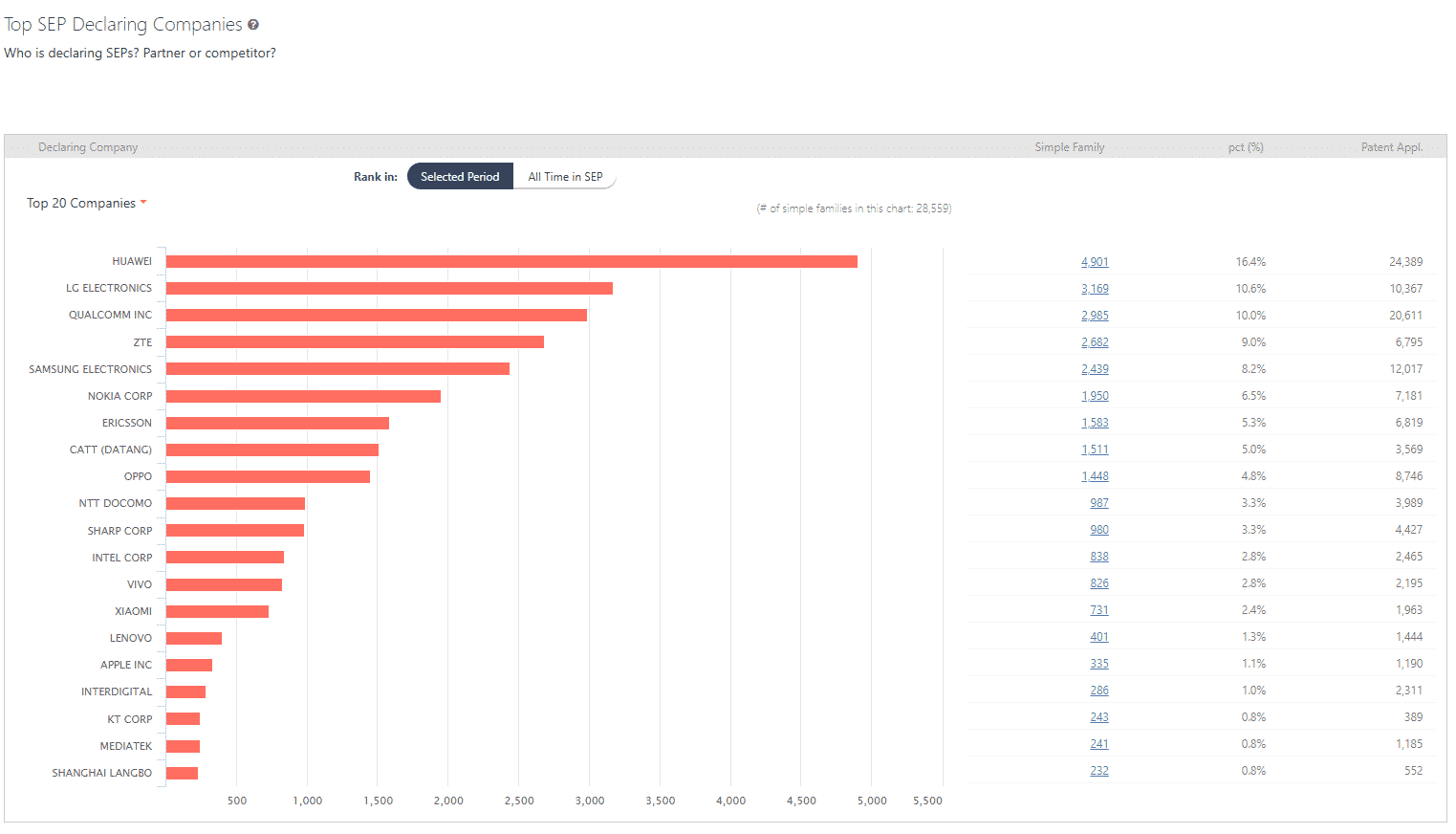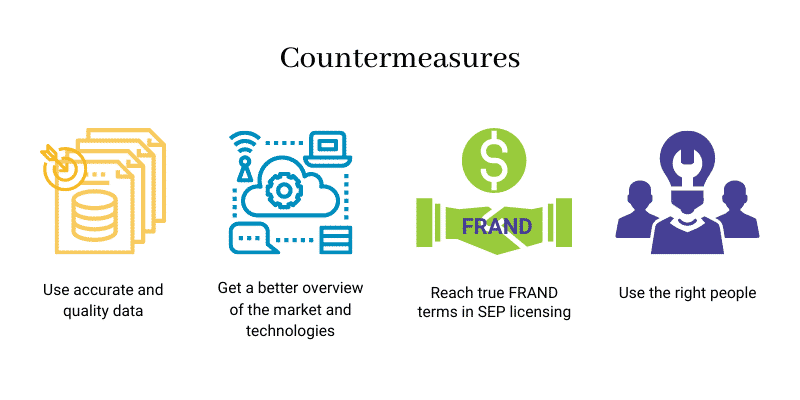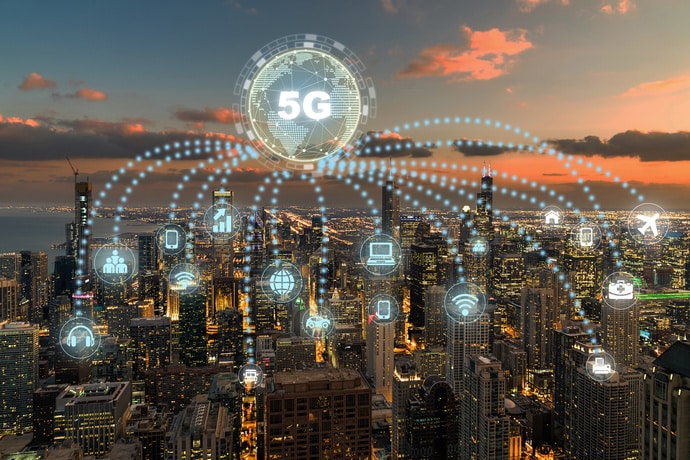The article was written by Y.P. Jou — founder and CEO of InQuartik, and was supplemented by Teresa J., InQuartik’s Content Writer.
Table of contents
On March 16, 2021, Huawei announced that it would start demanding royalties for its patented 5G technology starting this year, capping the royalty fee for a single unit at US$2.50. Huawei will be initiating negotiations with each business that is implementing 5G standard essential patents (SEPs). This includes telecoms, equipment suppliers, and end-line manufacturers, such as Samsung and Apple.
This news does much more than fire the first shot on 5G licensing but is also a wake-up call to all businesses, industries, and countries whether they are implementing 5G technology or not. Different from the 3G or 4G era, 5G technology will penetrate more fields and industries with its expanded application in the Internet of Things (IoT), catching more businesses in the headlights.
This raises the question:
How should countries or businesses face and respond to the imminent 5G era?
According to SEP OmniLytics data, as of April 1, 2021, 58 companies have declared 5G-exclusive standard essential patents. These declarations include 29,748 patent families, 43,420 active patents (excluding patents pending, abandoned, lapsed, and expired), 194 types of 3GPP technical specifications, and 15 working groups (RAN, CT, and SA).
Also, as of this date, companies in China account for approximately 45% of all 5G SEPs, making it the major 5G SEP country. You can check out our article on China’s 5G prowess for more insights.
The main 5G SEP declaring companies include Huawei at the top with 16.6%, followed by LG and Qualcomm with 10.6% and 10.2%, respectively.

Impact
Below, I have listed several instances of how 5G SEPs will impact the 5G licensing landscape and the whole industry, based on my 30 years of experience in patent portfolio deployment and management, patent licensing, and patent litigation covering infringement, invalidation, royalty rates, and antitrust regarding 3G, LTE, and 5G SEPs.
- 5G implementers in all industries will continue to face the threat of royalty claims and litigation from the major SEP holders in Europe, the U.S., Korea, and Japan. However, new Chinese 5G SEP holders such as Huawei, ZTE, CATT, OPPO, Vivo, Xiaomi, Lenovo, and Langpao have now joined in and will start to exert their rights.
- 5G SEP industry applications will expand to much more than those mentioned in Huawei’s announcement. In addition to telecom providers, equipment suppliers, and end-line manufacturers, 5G technology will also appear in applications including those such as connected vehicles, AR/VR, 3D, ultra-high-definition displays, voice services, smart homes, smart cities, smart factories, smart healthcare, and smart agriculture and fisheries.
- For 5G SEP implementers, those who do not license 5G SEPs will not be able to produce or sell products in the major countries and may face patent infringement lawsuits in various countries. Those who do enter into 5G SEP licensing agreements may need to dish out large amounts of royalty payments, leading to increased costs.
- Huawei’s announced rate of US$2.50 is relatively lower than the rates we see in previous licensing agreements. In the past, Nokia set its licensing rate for 5G SEPs at a cap of approximately US$3.58 per unit, and Ericsson will charge US$2.50 to US$5 per unit. Huawei’s rate, in part, is pushing the non-friendly FRAND formality to real FRAND (Fair, Reasonable, and Non-discriminatory) licensing terms.
Countermeasures
Most of the 5G implementers in different industries and countries do not have the knowledge, skills, or experience of 5G technology or SEPs, making it difficult for them to effectively respond to the impact of 5G SEPs. I believe that it is crucial to use a “data-driven” approach as the decision-making basis in lieu of a “knee-jerk” arbitrary reaction.
Compiled here are some countermeasures or solutions that I propose for 5G implementers:

- Use accurate and quality data
Using smart analysis and intelligence that integrates SEP data, technical specifications, and T-doc proposals, you can accurately calculate the total number of valid 5G SEPs each SEP holder owns.Better yet, if you can evaluate the quality and value of their SEPs, you can filter out those patents that can be constructed into claim charts (i.e., the comparison table of SEP claims and its corresponding TS technical specifications), and those that cannot be made into claim charts (non-SEPs). Furthermore, you will need to identify enforced SEPs from those that are not enforced.With this information, you can challenge the validity of a claim-charted SEP to increase your bargaining power in reducing the royalty rates in SEP licensing negotiations. - Get a better overview of the market and technologies
Using the intelligence gathered that integrates SEP data and industry data, you will need to find out who is using 5G technology. This includes knowing how 5G technology is used in various products, their individual specifications, and the suppliers. With this knowledge, you will be able to accurately select and productize your targeted market, seizing business opportunities. - Reach true FRAND terms in SEP licensing
Use the redefinition and interpretation of FRAND, global rates, regional rates, average selling price (ASP), and net selling price (NSP) by experts and courts in various countries to support royalty rate estimation and negotiation — ensuring true FRAND terms in licensing agreements. - Use the right people
Make sure you have a selection of professionals with actual experience in cross-country 5G SEP deployment, patent asset portfolio, patent licensing, patent litigation, and patent invalidation to assist you.
Apparently, getting accurate and quality information or data is a critical factor in preparing countermeasures. Patentcloud’s SEP OmniLytics provides not just quality data, but also the analytics needed to monitor the 5G SEP activities. What’s more, you can also get preliminary insights of a 5G SEP portfolio’s quality and essentiality with the easy-to-use filters, such as the Widely Deployed filter and Well Maintained filter.
Why not get started today? Feel free to navigate through the dashboards and charts.


